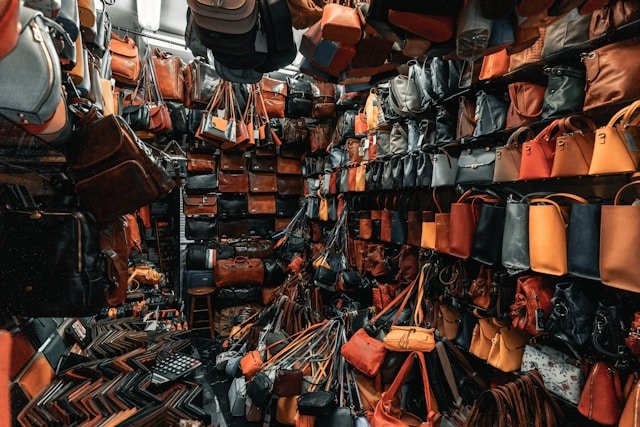T-Rex leather, crafted from fossil DNA promises eco-friendly luxury goods, set to reshape fashion industry.
A groundbreaking collaboration between VML, Lab-Grown Leather Ltd., and The Organoid Company is set to revolutionize the fashion world with the creation of the world’s first T-Rex leather handbags. This daring project blends genomic engineering and advanced tissue cultivation to produce a cruelty-free, eco-friendly material, offering a pioneering alternative to traditional leather.
The team’s ambition is clear: to reconstruct Tyrannosaurus Rex DNA using fossilized collagen and advanced technology to craft a material identical to traditional leather in structure and resilience. The T-Rex leather project marks a historic fusion of biology and fashion, producing sustainable luxury goods that challenge conventional manufacturing methods.
The innovative process begins with fossilized collagen extracted from 80-million-year-old T-Rex fossils, which serves as a blueprint for engineering synthetic DNA. The Organoid Company’s role is pivotal, providing genome engineering expertise, while Lab-Grown Leather’s proprietary Advanced Tissue Engineering Platform (ATEP™) enables the cultivation of cells that form authentic, leather-like tissue. This “scaffold-free” method allows cells to naturally create their own networks, mimicking the structural integrity of real leather without relying on external scaffolding.
Embed from Getty ImagesScientists believe that the T-Rex’s evolutionary resilience to extreme conditions can offer valuable insights as climate change accelerates pressures on modern ecosystems. This project harnesses ancient biology to create adaptable, durable materials for today’s market.
Professor Che Connon from Lab-Grown Leather stated, “This venture demonstrates how cell-based technology can create materials that are both ethical and innovative.”
A major selling point for this new material is its minimal environmental impact. Traditional leather production is associated with severe ecological damage, from deforestation to chemical pollution. T-Rex leather, by contrast, offers a sustainable solution that eliminates animal cruelty and reduces harmful environmental effects. The resulting Elemental Leather™ is biodegradable and retains the durability, repairability, and texture expected of luxury leather goods.
This initiative also responds to growing consumer demand for products that blend innovation with environmental responsibility. Unlike plant-based or synthetic leathers, Elemental Leather™ is produced entirely from animal cells and proteins, ensuring a natural, authentic product without any additives or compromises in quality.
The first products made from T-Rex leather will target high-end fashion accessories, with a luxury handbag slated for release by the end of 2025. Following the launch, the partnership intends to scale production, extending T-Rex leather’s application to industries like automotive manufacturing and smart textiles. As the global leather goods market is projected to hit $780 billion by 2035, the potential for expansion is vast.
Thomas Mitchell, CEO of The Organoid Company, explained, “By reconstructing ancient protein sequences and optimizing them for modern applications, we’re creating a biomaterial that honors prehistoric biology and meets the needs of today’s sustainable luxury market.”
This collaboration highlights the potential of synthetic biology to bridge the gap between innovation and environmental consciousness. By combining the ancient resilience of dinosaurs with the cutting-edge science of tissue engineering, T-Rex leather is setting the stage for a new era in eco-conscious luxury.
Bas Korsten, Global Chief Creative Officer at VML, summed up the partnership’s ethos: “With T-Rex leather, we are turning the biology of the past into the luxury materials of the future. This project represents the intersection of creative innovation and state-of-the-art biotechnology
